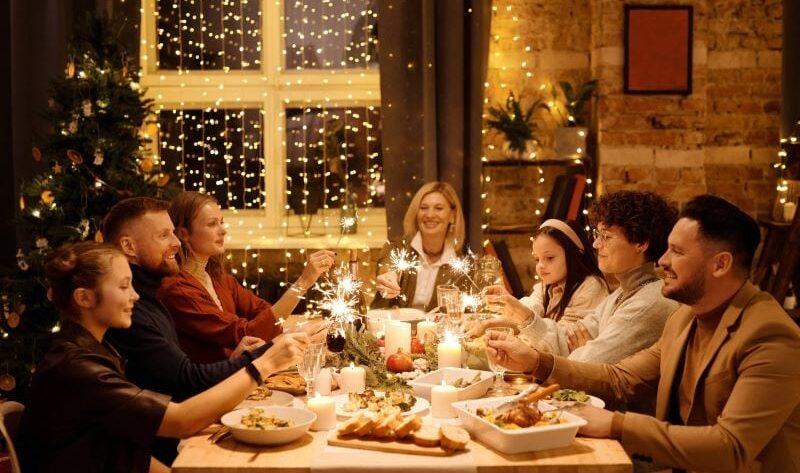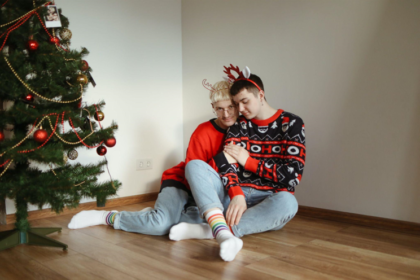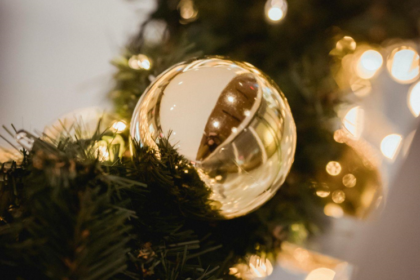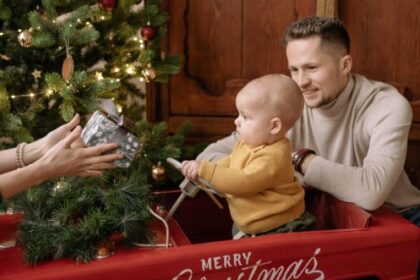Christmas Eve is a time for joy and celebration all around the world, steeped in a rich history that has evolved over the centuries. It is a time when families come together, exchange gifts and feast on traditional foods.
The Origins of Christmas Eve Celebrations: From Pagan Rituals to Christian Traditions
The tradition of celebrating Christmas Eve dates back to the early Christian church. In the fourth century, Christmas was celebrated as one of the twelve days of Christmas, spanning from December 25th to January 6th. However, in the fifth century, Pope Julius I declared December 25th as the official date for Christmas, providing a definite reason for Christians to gather and celebrate. This change in date and the subsequent celebrations surrounding it led to the development of a unique and distinct Christmas Eve celebration.
Christmas Eve Across the Globe: A Look at Different Cultural Celebrations
Over the years, different cultures have added their own unique touch to the celebration of Christmas Eve. In the Scandinavian countries, for example, the tradition of the Yule log has been practiced for centuries. Families gather together on Christmas Eve to light a large log, which is meant to burn throughout the night, keeping the family warm and protecting it from evil spirits.
In Mexico, the celebration of Christmas Eve is known as Noche Buena. It is tradition for families to attend midnight Mass, followed by a feast featuring foods such as tamales, mole, and bunuelos. The evening typically ends with the breaking of the piñata, which is filled with candy and small toys.
In Italy, Christmas Eve is known as La Vigilia, or the vigil. It is traditional for families to abstain from meat and instead feast on seafood, such as eel, octopus and cod. This tradition is said to have its roots in the Roman Catholic practice of fasting before the feast of Christmas.
In the United States, Christmas Eve traditions vary widely depending on the region of the country. Some families attend church services, while others gather around the tree to open presents. In many Hispanic cultures, a midnight feast and fireworks are common ways to celebrate. In recent years, many families have started gathering together to bake treats such as gingerbread cookies and candy canes, adding their own unique touch to the celebration.
The Spirit of Giving on Christmas Eve: The Tradition of Gift-Giving and Its Origins
The tradition of gift giving on Christmas Eve has evolved over the centuries. Originally, the gifts were given on December 6th, the feast day of Saint Nicholas. Over time, the tradition shifted to Christmas Eve, with people giving small gifts to family and friends. However, it was not until the mid-19th century that the modern tradition of exchanging larger gifts on Christmas morning emerged.
Today, Christmas Eve continues to be a time of joy and celebration all around the world. Whether celebrating with family or friends, the traditions and rituals of Christmas Eve provide a sense of warmth and community during this most special time of year. From midnight Mass to delicious feasts and gift giving, these traditions continue to evolve with the passing of time. Despite the differences in culture and tradition, however, the spirit of Christmas Eve remains the same – bringing loved ones together in celebration of all that is good and beautiful in the world.




